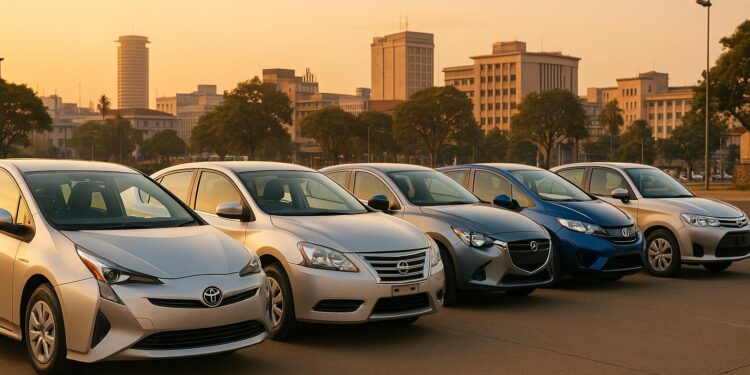If you’re driving for Uber or Bolt in Kenya, choosing the right car is critical for cutting costs and maximizing earnings. With high mileage, rising fuel prices, and tough road conditions, you need a car that’s fuel-efficient, reliable, affordable, and easy to maintain.
Here are the top 5 cars that meet these needs:
- Toyota Axio: Highly fuel-efficient (up to 66 mpg for hybrids), reliable, and affordable to maintain.
- Honda Fit: Compact, great fuel economy (up to 40 mpg), and low maintenance costs.
- Nissan Note: Spacious with good fuel efficiency (up to 29.5 km/L for hybrids), though less reliable.
- Toyota Passo: Budget-friendly, fuel-efficient (up to 20 km/L), and easy to maintain.
- Daihatsu Mira: Excellent fuel savings (up to 27.6 km/L) and low running costs, ideal for city driving.
Quick Comparison
| Car | Fuel Efficiency | Price Range (KES) | Best Feature |
|---|---|---|---|
| Toyota Axio | Up to 66 mpg | 750,000–2.2M | Reliability and resale value |
| Honda Fit | Up to 40 mpg | 1M–1.9M | Balanced performance |
| Nissan Note | Up to 29.5 km/L | 800,000–1.5M | Spacious interior |
| Toyota Passo | Up to 20 km/L | 1M–1.6M | Low maintenance costs |
| Daihatsu Mira | Up to 27.6 km/L | 600,000–1M | Best for city driving |
Each car offers unique advantages for rideshare drivers. Whether you prioritize fuel savings, reliability, or affordability, these options can help you stay profitable in Kenya’s rideshare market.
BEST CARS FOR UBER, UBER X AND UBER XL IN 2025
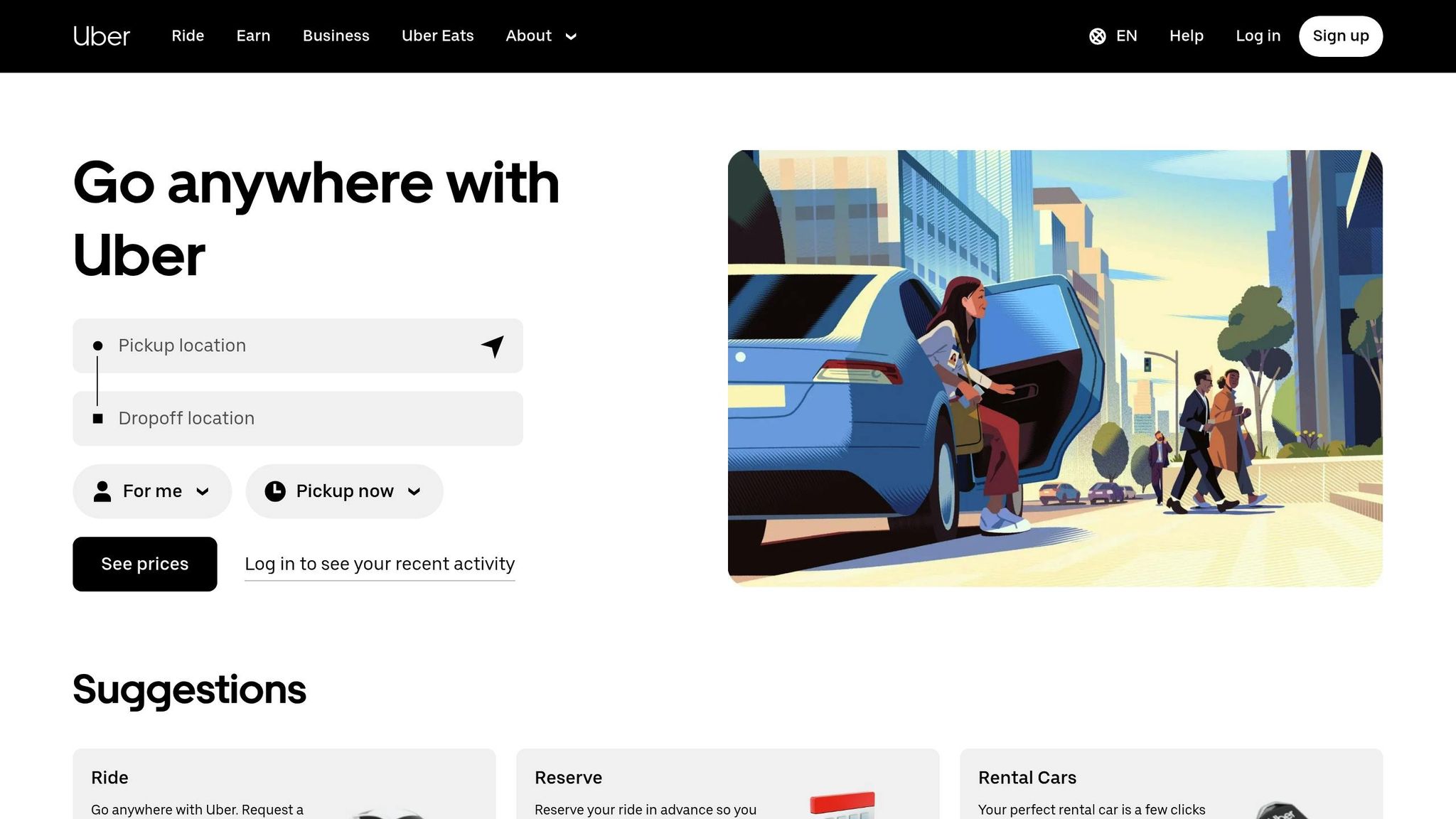
1. Toyota Axio
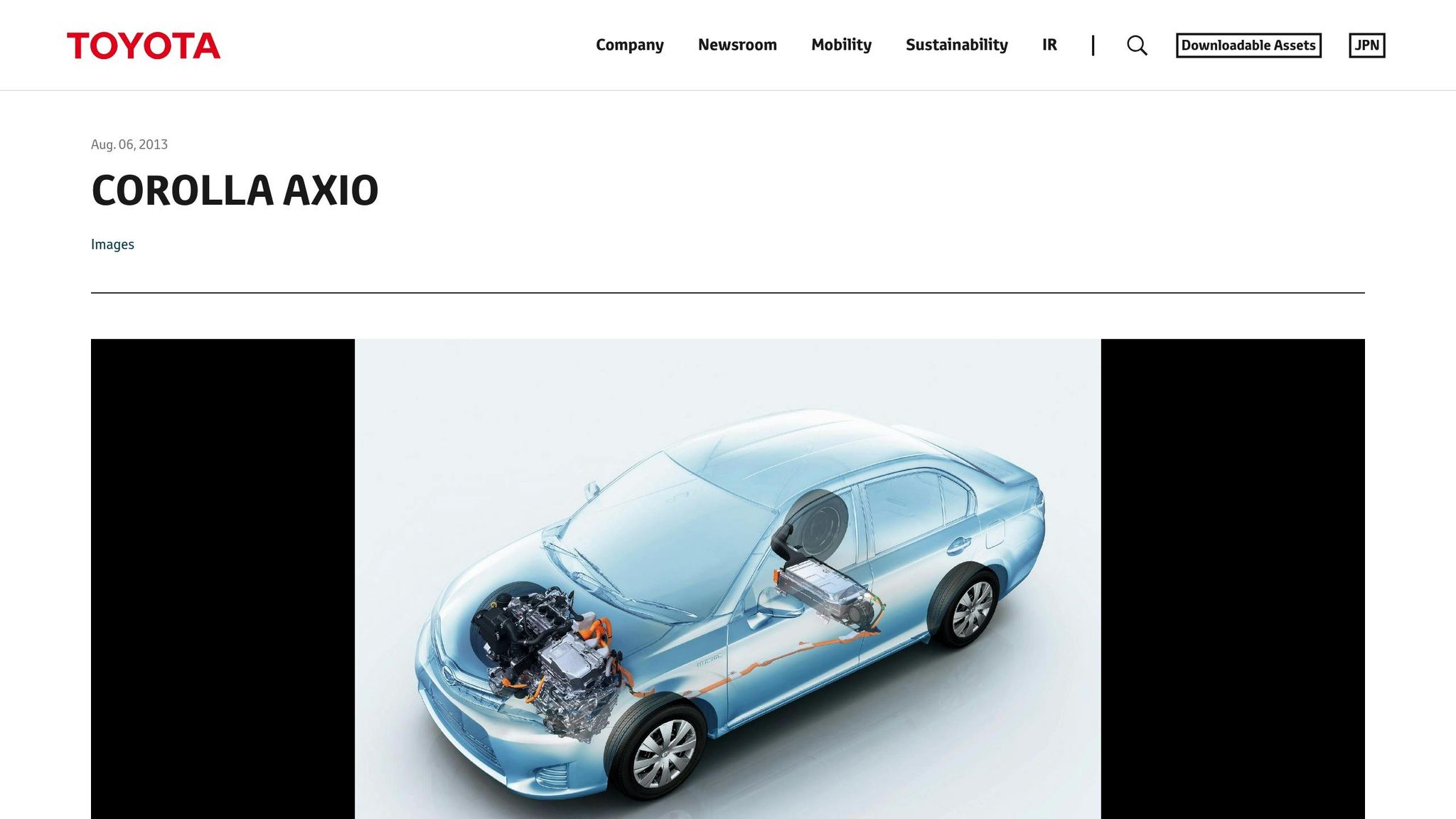
The Toyota Axio is a go-to choice for Kenyan rideshare drivers, and it’s easy to see why. This compact sedan is known for its fuel efficiency, reliability, and ability to handle the daily grind of urban taxi work without breaking a sweat.
Let’s start with fuel efficiency – one of the Axio’s standout features. The standard 1.5L engine offers an impressive 18.2 km/L (about 43 mpg), while the 1.8L variant still manages a solid 15.0 km/L (around 35 mpg). If you’re looking for even better mileage, the hybrid version steps up with approximately 28 km/L (roughly 66 mpg).
"The Axio Hybrid gives you the feel of a petrol car with the economy of an electric." – AutosKenya.com
This level of efficiency translates directly to cost savings, making the Axio a smart financial choice for drivers.
Pricing varies depending on the model year and engine type. Used 1.5L models from 2014–2016 typically range between $6,000 and $9,300. Newer hybrids from 2017–2022 are priced higher, between $9,300 and $14,000. For instance, importing a 2019 hybrid model from Japan costs about $11,700 (KES 1,757,587). On top of that, Toyota’s strong dealer network in Kenya ensures low maintenance costs, which further boosts the car’s affordability.
When it comes to reliability, the Axio earns high marks. Consumer reviews average a 4.0 out of 5, with drivers often praising its consistent performance:
"My 2016 Axio has been a beast so far….no major maintenance for over 15 months and consumes less fuel." – Jacqueline 001
Toyota’s widespread availability of spare parts and simple engineering keep repair costs manageable. This is a huge plus for rideshare drivers who can’t afford frequent downtime.
The Axio’s compact size is another win. It’s perfect for navigating crowded city streets and squeezing into tight parking spots. Plus, the 1.5L variant accelerates from 0 to 62 mph (0–100 km/h) in about 11.2 seconds, making it more than capable of handling city traffic.
If you’re considering importing, it’s worth noting that buying directly from Japan can save you between $670 and $1,000 (KES 100,000–150,000) compared to local dealership prices.
Here’s how the Toyota Axio stacks up against its competitors:
| Feature | Toyota Axio | Honda Civic | Nissan Sylphy |
|---|---|---|---|
| Fuel Economy | 42–52 mpg | ~38 mpg | ~35 mpg |
| Spare Parts | Easy | Hard | Moderate |
| Resale Value | 65% | 50% | 45% |
With its unbeatable mix of efficiency, affordability, and reliability, it’s no wonder the Toyota Axio remains a top pick for rideshare drivers in Kenya.
2. Honda Fit
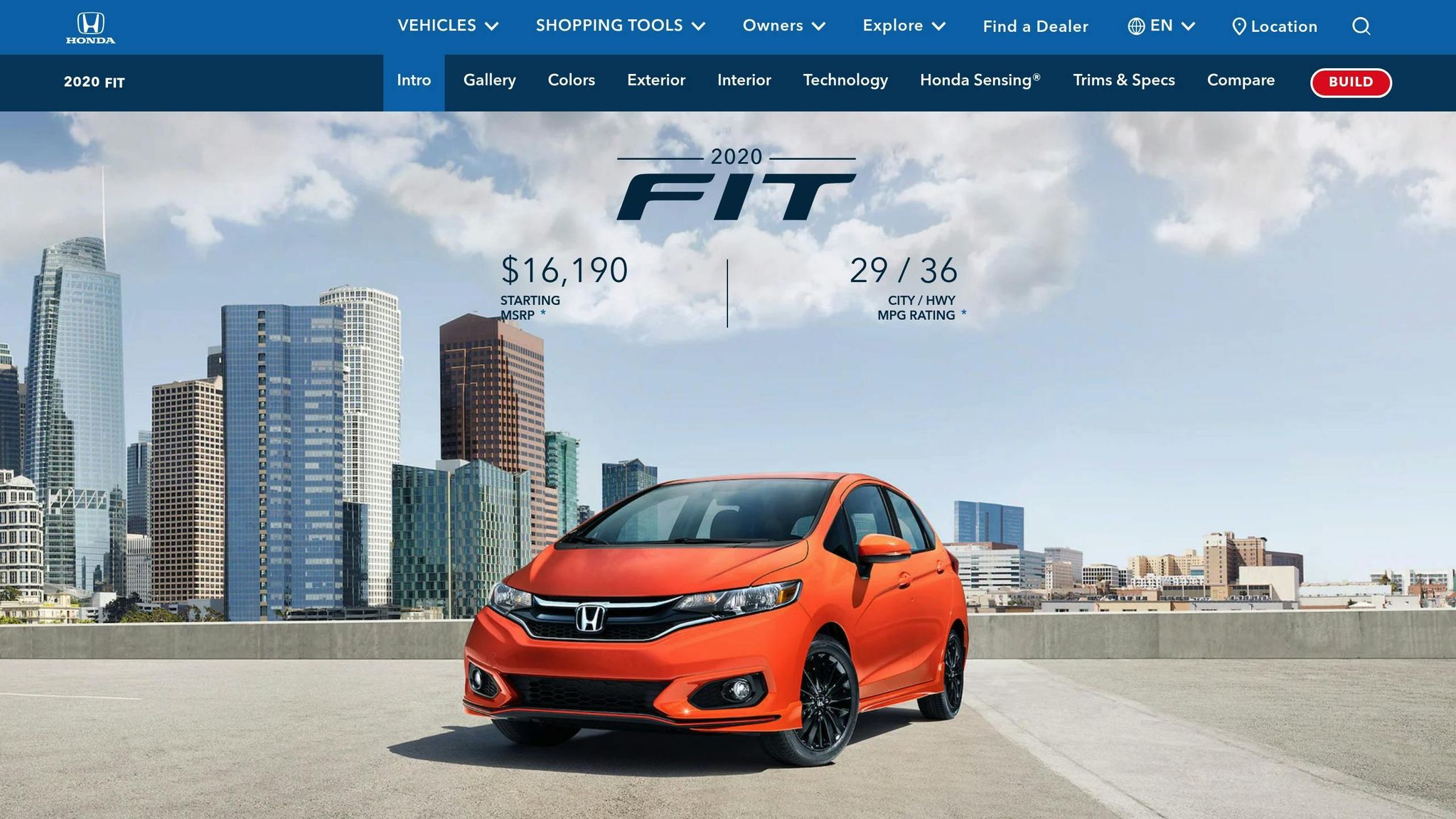
The Honda Fit has become a favorite among Kenyan rideshare drivers. This compact 5-seater hatchback stands out for its fuel efficiency, dependability, and affordability, making it a solid choice in the competitive rideshare market.
When it comes to fuel economy, the Honda Fit delivers impressive numbers. The CVT models achieve up to 33 mpg in the city and 40 mpg on the highway, while manual versions come close with 29 mpg city and 36 mpg highway. Many drivers report real-world averages of 34-35 mpg in mixed driving conditions, aligning closely with these official ratings. This kind of fuel efficiency is a game-changer for rideshare drivers who cover significant distances every day.
Maintenance is another area where the Honda Fit shines. With average annual maintenance costs around $482, it’s a budget-friendly option to keep on the road. In Kenya, typical service costs include oil changes priced at KES 3,500–5,000, brake pad replacements at KES 4,000–8,000 per axle, and a full service pack for KES 6,500 . These manageable expenses make it easier for drivers to maintain their vehicles without cutting into their earnings.
Safety, comfort, and reliability are additional strengths of the Honda Fit. Its compact size is perfect for navigating crowded urban streets, while still offering enough interior space for most rideshare needs. The car’s maneuverability is a bonus for city driving, helping drivers handle tight spots and heavy traffic with ease.
Passenger perception is something rideshare drivers often consider. While some passengers might prefer larger vehicles – especially when traveling with multiple people or luggage – the Honda Fit can still earn high ratings when kept clean and well-maintained. Many drivers report positive feedback from their passengers, which is key for maintaining good reviews.
| Service Type | Cost Range (KES) |
|---|---|
| Oil Change (with filter) | 3,500 – 5,000 |
| Brake Pad Replacement | 4,000 – 8,000 per axle |
| Engine Diagnostics | 2,500 – 6,000 |
| Complete Service Pack | 6,500 |
The Honda Fit competes directly with models like the Toyota Vitz, Mazda Demio, and Nissan Tiida. For drivers looking for a dependable and economical vehicle that can handle the demands of rideshare work, the Honda Fit is a practical and affordable choice.
3. Nissan Note
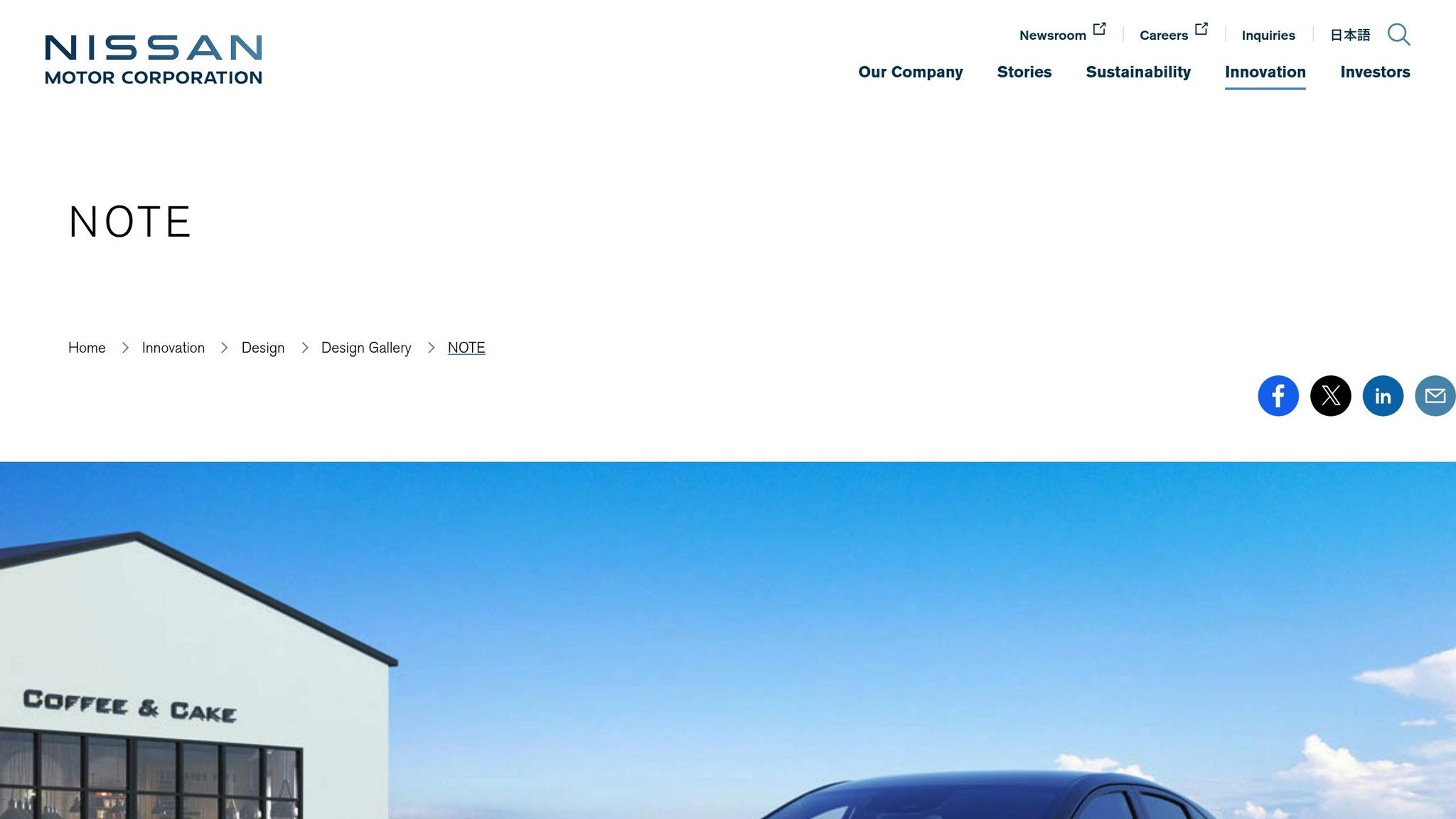
The Nissan Note strikes a balance between fuel efficiency and a spacious interior, but it does come with some reliability concerns that are worth noting. As with earlier models, the Note is evaluated based on its fuel economy, interior space, and affordability. This compact hatchback is well-suited for Uber and Bolt drivers thanks to its practical design and competitive fuel consumption.
The petrol version offers a fuel efficiency of 18 km/L, while the hybrid e-POWER variant performs even better, delivering 29.5 km/L in everyday conditions and up to 34.0 km/L in controlled tests. For city driving, fuel usage averages 5.7 L/100 km, dropping to 4.1 L/100 km on highways.
One of the Note’s standout features is its roomy interior, which ensures a comfortable experience for passengers and provides ample luggage space.
However, the car is not without its challenges. Common issues include a fragile CVT gearbox, suspension problems, excessive oil consumption, and air-conditioning malfunctions. These concerns make proactive maintenance and budgeting for repairs essential for owners.
On the plus side, annual maintenance costs are relatively low, averaging $683 when the car is running smoothly. That said, potential major repairs – especially related to the transmission – can be costly, so drivers should plan for unexpected expenses or consider investing in an extended warranty.
When it comes to engine choices, the 1.5-liter turbodiesel is ideal for its torque, while petrol models are better suited for urban driving. If possible, avoid the entry-level petrol engine unless budget constraints leave no other option. For better performance, the supercharged DIG-S variant is a smarter pick.
| Nissan Note Variant | Fuel Efficiency | Best Use Case |
|---|---|---|
| Standard Petrol | 18 km/L | Budget-friendly city driving |
| e-POWER Hybrid | 29.5 km/L | High-mileage rideshare work |
| 1.5L Turbodiesel | Variable | Mixed city and highway driving |
In the rideshare market, the Note competes with models like the Honda Fit and Toyota Vitz, offering comparable fuel economy but more interior space. However, it falls short in dependability compared to the Honda Jazz and doesn’t offer the same driving experience as the Ford Fiesta. For drivers who prioritize space and fuel savings over long-term reliability, the Nissan Note is a practical option. But for those who value uptime and fewer repair headaches, more reliable alternatives might be a better fit.
sbb-itb-e5ed0ed
4. Toyota Passo
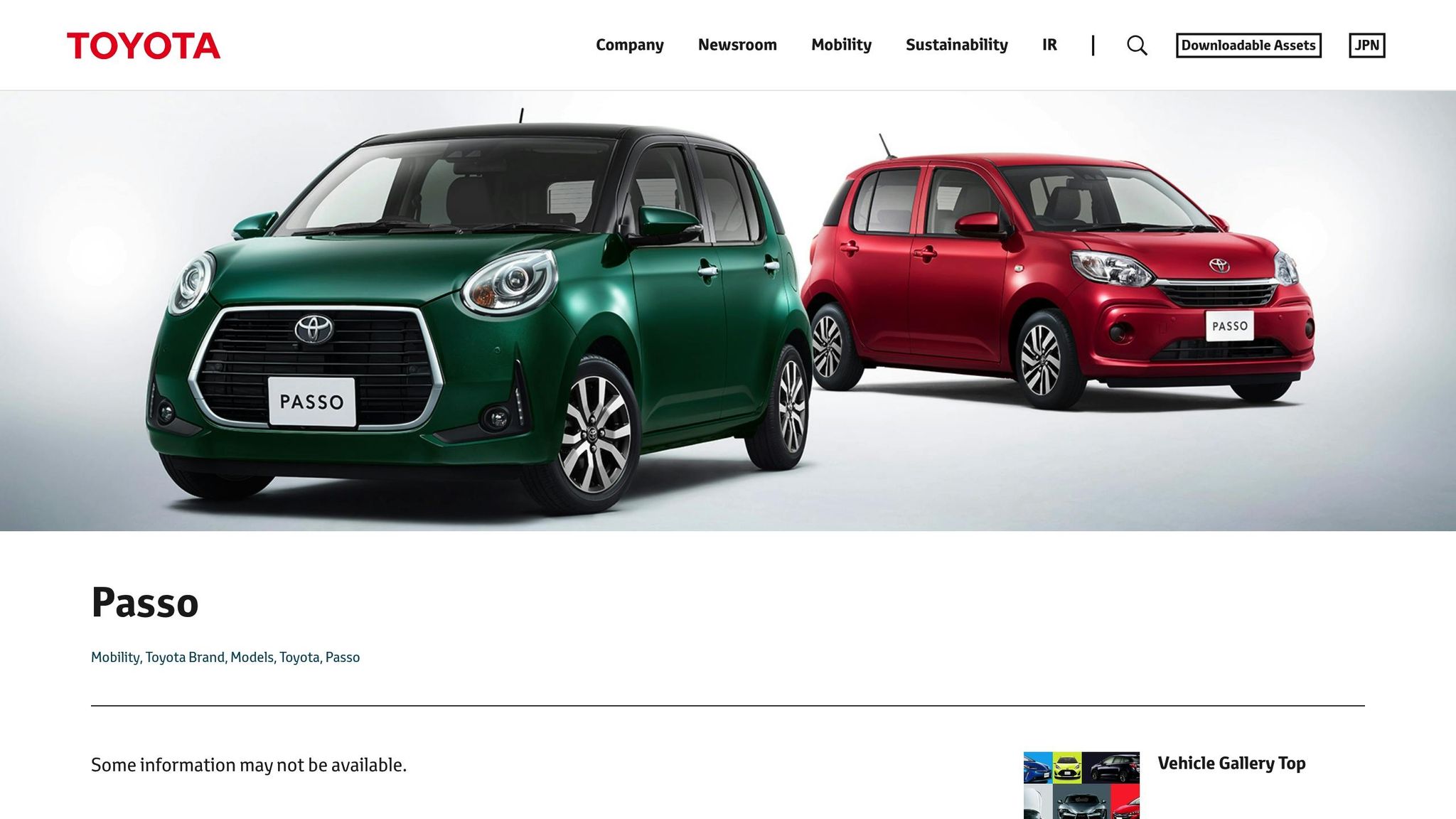
The Toyota Passo stands out as a budget-conscious option for rideshare drivers who value fuel efficiency and low maintenance. Since its debut in 2004, this subcompact car has earned a solid reputation for being reliable and economical, making it a popular choice for Uber and Bolt drivers in Kenya.
When it comes to fuel efficiency, the Passo is a top performer. It delivers up to 20 km/L under Kenyan driving conditions. With engine options ranging from 996cc to 1,329cc, the smaller 996cc I3 engine achieves an impressive 21.0 km/L in front-wheel drive models. This level of efficiency not only keeps running costs low but also ensures dependable performance over time.
Drivers consistently highlight the Passo’s practical benefits. Sheila Nagawa, a Passo owner, shared her experience:
"My 1,000cc Passo excels in fuel economy and is inexpensive to maintain."
Another driver noted spending just Shs20,000 (roughly five liters of fuel) daily for commuting to Kampala City Center, showcasing the car’s affordability for high-mileage use.
Maintenance costs are another area where the Passo shines. Routine service expenses typically range between Shs100,000 and Shs150,000, and spare parts are readily available across Kenya. Automotive expert Chris Agaba emphasizes:
"A Passo is one of the most affordable cars to maintain, unless you have poor car maintenance discipline."
Reliability is crucial for drivers who rely on their vehicles for daily income. Ritah Mirembe, another Passo owner, shared her confidence in the car:
"Even during mechanical issues or overdue servicing, I drive it confidently."
The Passo also excels in interior space and maneuverability, offering a roomy cabin with generous legroom and headroom. With a minimum turning radius of just 4.3 meters, it’s perfect for navigating crowded city streets.
For rideshare drivers managing high mileage and tight profit margins, the Passo’s practicality and cost-effectiveness make it a standout choice.
| Toyota Passo Pricing (Kenya) | Year | Price (KES) |
|---|---|---|
| 2016 Model | 2016 | 999,999 |
| 2017 Model | 2017 | 1.18M |
| 2018 Model | 2018 | 1.27M |
| 2019 Model | 2019 | 1.41M |
| 2020 Model | 2020 | 1.58M |
The Passo’s edge becomes even clearer when compared to rivals like the Nissan March. While the March’s 1,240cc engine offers 19.0 km/L, the Passo’s smaller engine delivers better fuel efficiency without compromising reliability. Kevin Kuriah, a satisfied Passo owner, summed it up:
"I have to say; this car is impressive. The fuel economy keeps my costs low, plus the car was in great shape. I have not had to spend much on maintenance."
For rideshare drivers looking for a reliable, fuel-efficient car that keeps operating costs in check, the Toyota Passo is a smart and dependable option, perfectly suited for commercial driving needs.
5. Daihatsu Mira
Wrapping up our list is the Daihatsu Mira, a compact car that stands out for its excellent fuel efficiency and low running costs. It’s especially suited for city-based rideshare services where keeping expenses in check is more important than maximizing passenger space.
In Kenyan driving conditions, the Mira’s 660cc engine delivers an average of 17 km/L in city traffic and can stretch to 20 km/L on longer routes. For even better performance, the Mira e:S variant has been tested to achieve up to 27.6 km/L under controlled conditions. Many drivers report real-world figures ranging between 17.5 and 18.5 km/L during daily commutes, with improvements to around 23 km/L in lighter traffic. This level of fuel efficiency can significantly boost profit margins for rideshare operators.
The Mira’s small size makes it ideal for navigating crowded urban streets, though it does come with limited passenger capacity.
Pricing
The cost of a Daihatsu Mira in Kenya depends on the model year, mileage, and condition. Here’s a breakdown:
| Daihatsu Mira Pricing (Kenya) | Year | Mileage | Price (KES) |
|---|---|---|---|
| 2015 Model | 2015 | 0 km | 790,000 |
| 2016 Model | 2016 | 0 km | 600,000 – 750,000 |
| 2017 Model | 2017 | 39,000 km | 749,000 – 875,000 |
| 2017 Model | 2017 | 70,000 km | 879,999 |
| 2017 Model | 2017 | 147,000 km | 849,999 |
When it comes to maintenance and reliability, the Mira earns high marks from many owners. In fact, one report gave it a 100% rating for reliability and economy. That said, some drivers have noted occasional issues with parts availability, which could affect maintenance costs over time.
For rideshare drivers who prioritize fuel savings and minimal operating costs, the Daihatsu Mira is a smart choice for high-mileage urban driving. Its efficiency and affordability make it a reliable partner for city commutes.
Car Comparison: Features and Costs
Now that we’ve reviewed each vehicle, let’s see how they stack up side by side. While specifications can vary depending on model year, mileage, and condition, the table below provides a quick snapshot based on current market insights.
| Vehicle | Fuel Efficiency | Purchase Price | Maintenance | Best For |
|---|---|---|---|---|
| Toyota Axio | Reliable and consistent | Varies by condition and model year | Known for durability | Long-distance rides |
| Honda Fit | Averages around 20 km/L | 2016–2018: KSh 1,000,000–1,400,000 2019–2022: KSh 1,500,000–1,900,000 |
Moderate; strong service network | Versatile, balanced use |
| Nissan Note | Solid fuel economy | Prices depend on listings | Generally moderate repair costs | Passenger comfort |
| Toyota Passo | Good fuel economy | Varies; compare market options | Low maintenance with affordable parts | Budget-conscious drivers |
| Daihatsu Mira | Excellent fuel savings | Varies by condition | May need extra attention for spare parts | City-focused driving |
Fuel Efficiency Champions
Fuel efficiency is a key factor for rideshare drivers. Among these options, the Honda Fit stands out with an average of 20 km/L. However, real-world mileage will depend on driving habits and road conditions.
Purchase Price Analysis
The cost of these vehicles varies based on mileage, condition, and model year. For example, a Honda Fit from 2016–2018 is priced between KSh 1,000,000 and 1,400,000, while newer models from 2019–2022 range from KSh 1,500,000 to 1,900,000. These price differences highlight the importance of balancing initial costs with long-term value, especially for rideshare drivers aiming to optimize their investment.
Maintenance and Reliability Factors
Maintenance costs and the availability of spare parts are critical when choosing a car for rideshare purposes. Toyota models, such as the Axio and Passo, are known for their durability and affordable upkeep. This reliability is a big reason why 87% of car buyers in Kenya prefer used vehicles, prioritizing long-term value and minimal downtime.
Smart Investment Considerations
When analyzing the total cost of ownership, keep in mind that new cars can depreciate by up to 30% in their first year. In contrast, well-maintained used cars retain their value better over time. This makes lightly used vehicles an appealing option for rideshare drivers looking to maximize their return on investment.
Professional Inspection Investment
To ensure reliability, consider investing in a professional vehicle inspection before purchasing. In cities like Nairobi or Mombasa, this service typically costs around KSh 2,500–4,000 (approximately $18–$29). Spending a little upfront on a mechanic’s expertise can save you from costly surprises down the road, keeping your rideshare business running smoothly.
Conclusion
Selecting the right rideshare vehicle boils down to three main factors: purchase price, running costs, and reliability. The five vehicles we’ve discussed – Toyota Axio, Honda Fit, Nissan Note, Toyota Passo, and Daihatsu Mira – each bring distinct benefits to the table, making them solid contenders for maximizing your return on investment. Whether it’s the Toyota Axio’s dependability or the Honda Fit’s fuel efficiency, your choice of car can significantly impact your profitability.
Fuel efficiency plays a major role in keeping costs low. According to Stayrich Motors Mombasa, cars with mileage of 18 km/L or better are ideal for rideshare work, as they help stretch every shilling further.
When it comes to affordability, well-maintained used cars are a smart option. Unlike new vehicles that lose value quickly, used models tend to retain their worth better. To ensure you’re making a sound purchase, always have a trusted mechanic inspect the car. Additionally, check the vehicle’s logbook, NTSA records, and service history, and take it for a test drive to evaluate its performance.
For drivers aiming to cut fuel costs even further, installing an LPG kit is a practical solution. This upgrade can noticeably reduce daily fuel expenses, giving your profit margins a welcome boost.
With rideshare earnings in Kenya on the rise, choosing the right vehicle has never been more important. As the digital economy grows – from contributing 7% of Kenya’s GDP in 2022 to an estimated 10% by 2025 – investing in the right car positions you to take full advantage of these expanding opportunities.
For more guidance, AutoMag.co.ke offers a wealth of resources, including the latest automotive news, market trends, and practical driving tips tailored for Kenyan roads. Staying informed is key to making the best decisions for your rideshare business.
FAQs
What should I look for when choosing a car for Uber or Bolt in Kenya?
When choosing a car for rideshare driving in Kenya, prioritize fuel efficiency – aim for at least 42 mpg or better. Look for a vehicle with low maintenance costs and durability to withstand the demands of daily use. It’s also crucial to select a car that’s affordable and has easily accessible spare parts, helping you avoid unnecessary downtime.
Additionally, consider factors like safety features, engine capacity, and resale value. Make sure the car meets the specific requirements set by local rideshare platforms. A dependable vehicle not only keeps your operating costs down but also provides a smoother and safer experience for your passengers.
What are the typical maintenance costs for these cars, and how much should I budget for regular upkeep?
Maintenance costs for ridesharing vehicles, such as Toyota, Honda, and Nissan, generally fall between $150 and $400 per year. This estimate covers routine services like oil changes, filter replacements, and general inspections.
For more specific services, here’s what you might expect:
- Oil changes: Around $40–$100 per service.
- Tire replacements: Typically $200–$300.
- Major repairs (e.g., timing belt replacements): Anywhere from $150 to $400.
To manage these expenses, rideshare drivers should plan to set aside $200–$500 annually for maintenance, though this can vary depending on the vehicle’s model and how often it’s driven. Don’t forget to factor in other necessary costs like insurance and registration, as these fall outside regular maintenance.
Why is fuel efficiency important for Uber and Bolt drivers in Kenya?
Fuel efficiency plays a crucial role for Uber and Bolt drivers in Kenya as it directly affects their earnings. With lower fuel consumption, drivers can cut down on operating costs, which means they get to keep more of their hard-earned money. Given the long distances rideshare drivers cover daily, a fuel-efficient car allows them to travel farther while spending less on fuel.
On top of that, having a fuel-efficient vehicle helps drivers remain competitive by offering affordable rides without sacrificing their profitability. Over time, this can translate into substantial savings and improved financial stability for their business.
Related posts
- Top Fuel-Efficient Cars for Long-Distance Drives in Kenya
- Best Fuel-Saving Vehicles for Everyday Driving Across Kenya
- Best used cars to buy in Kenya
- Most Fuel-Efficient Cars in Kenya for Budget-Conscious Drivers

